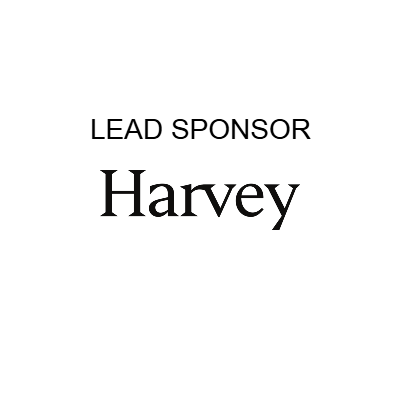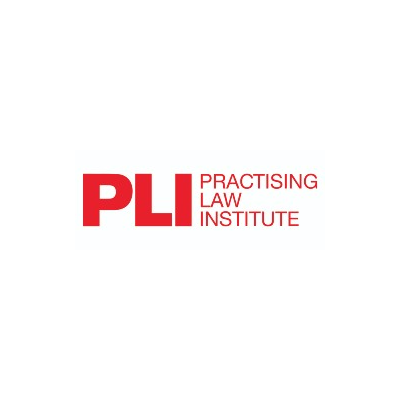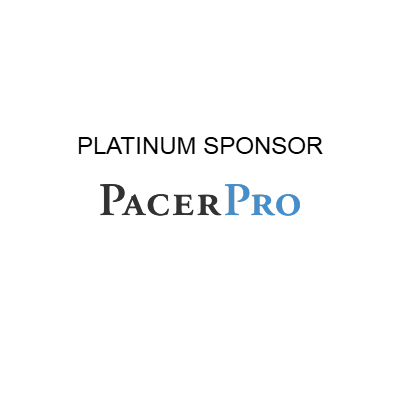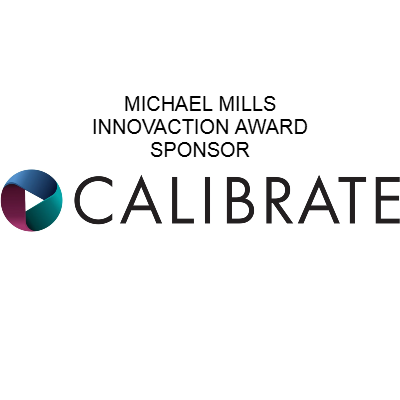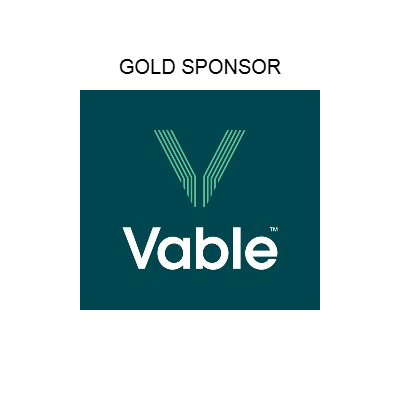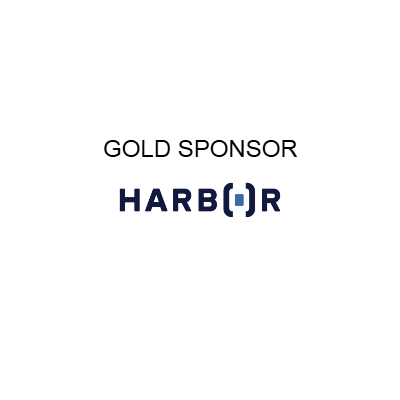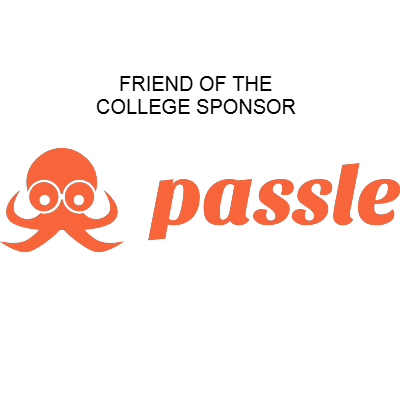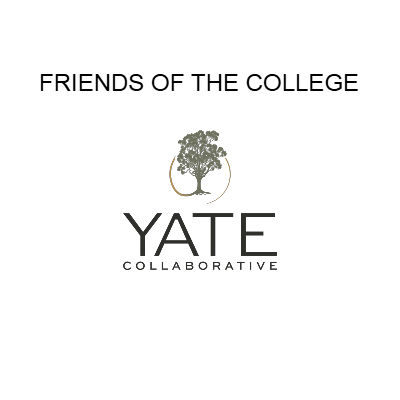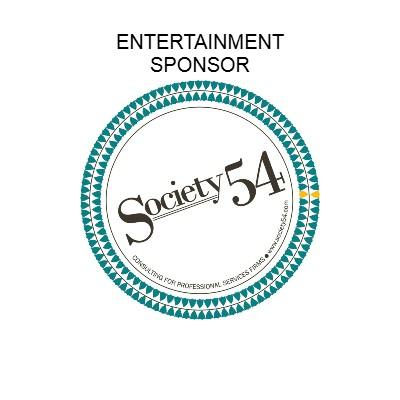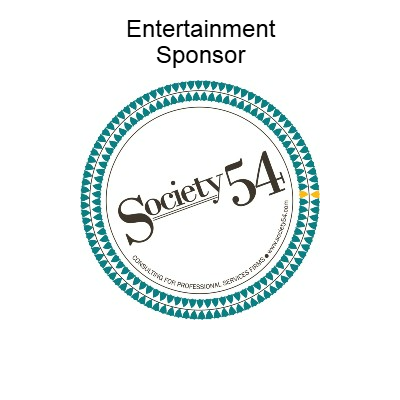James I. KeaneJames Ignatius Keane died in June, 2005. James Ignatius Keane was inducted as a Fellow at the Chicago Induction in September 2004. His death less than a year later on June 10 robbed us of a wonderful, warm, generous and innovative Fellow. The facts in Jim’s biography were impressive enough—Assistant Attorney General of Maryland, Spiro Agnew Political Corruption Prosecutor, National Director of Legal Information Systems and Associate General Counsel at a big four accounting firm, Chief Legal Officer and Vice President of Business Development for JusticeLink/CourtLink, author of Litigation Support Systems: An Attorney’s Guide and Conflicts of Interest: An Attorney’s Guide. Whenever anyone needed creative thought on how to apply technology to litigation, Jim was there. He was one of the pioneers of building court systems for electronic filings, helping to take Maryland to a position of national leadership; he also led Maryland to establish a Business & Technology Court. I first met Jim in 1991 at the ABA TECHSHOW when we shared a platform to talk about research tools. We got in like Celtic brothers—our session turned into an energetic, free-wheeling telling of war stories. His depth of experience was awesome—he had worked on cases like Three Mile Island, the Canadian Tobacco Advertising Ban, the Santa Fe Penitentiary Riot Prosecutions and construction litigation from Adelaide, Australia, to an island in the Straits of Bahrain. Jim was a born story-teller, and every talk or presentation was enlivened by tales that showed that his wasn’t just book learning. Jim was fiercely practical. He clerked for Justice J. Dudley Digges of the Maryland Court of Appeals, for whom Jim had worked as a speechwriter when Digges became president of the Maryland Bar in 1968. Digges advice to young lawyers was to have a 20-year game plan for a legal career, to pick a specialty, write the leading book in that field and rise to the top. Jim did just that, publishing with Fellow Ron Staudt, the leading treatise in the field, Litigation Support Systems: An Attorney’s Guide. Judge Digges’ advice to young lawyers is still sound. After six years as a litigator, he found his calling. In 1974, one of his cases involved a pre-grand jury investigation of the nursing home industry in Maryland. In conceiving the strategy for the investigation, he used his experience as a scientific historian and journalist. He realized that all the data they needed was in the computer systems at the nursing homes, insurance companies and medical reimbursement systems. Together with the Deputy Attorney General, he went to a novel seminar in New York on the “Use of Computers in the Law.” Litigation support was just beginning and Jim was there. He recalled running his first computer search. They filled out forms with “idiot blocks” for letters and gave it to a computer operator who submitted a deck of cards. Twenty-four hours later came a computer print-out on extra wide fan-fold paper, advising the search had “abended,” or failed. They got the results in another 24 hours. Within a year, with Jim as director of research, Aspen Sytems Corporation had a real-time, interactive text retrieval system. Looking back on 30 years of systems for litigation support, I can’t think of anyone who has been a greater influence on their development of litigation support. Since Jim first experimented with a deck of punch cards and a mainframe computer in the 1970s, he was always there as litigators explored, ridiculed, embraced and relied upon automation to help manage complex cases. Since Jim was a seasoned trial and appellate counsel, he knew what the litigation bar needed long before it had any idea. Within the American Bar Association, Jim worked to build bridges between the Litigation and Law Practice Management Sections and co-chaired the LPM Task Force on E-Lawyering. He was a repeat star at TechShow. He appeared in national CLE videos, teleconferences and web conferences and has lectured on computers in litigation across the US, UK, Canada and Australia as well as New Zealand and South Africa. He was Chief Legal Officer and Vice President of Business Development for JusticeLink/CourtLink, which he founded and developed into a $300 million company with 300 employees until its acquisition by LexisNexis in 2001. He returned to litigation systems work on strategic planning and technology audits with law firms, law departments, agencies and courts. As courts embrace technology, judges, litigants, litigation counsel and the public owe a debt of gratitude to those whose vision showed the way. In the front ranks of those pioneers, stood Jim Keane. We are proud to have called him a Fellow. To his wife and family we extend our sympathy. — Written in loving tribute by Simon Chester |

